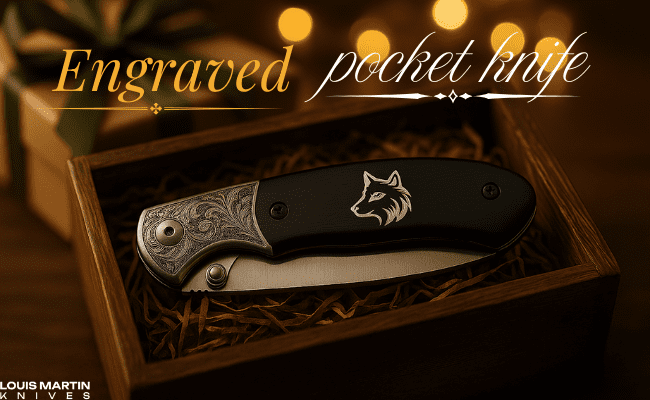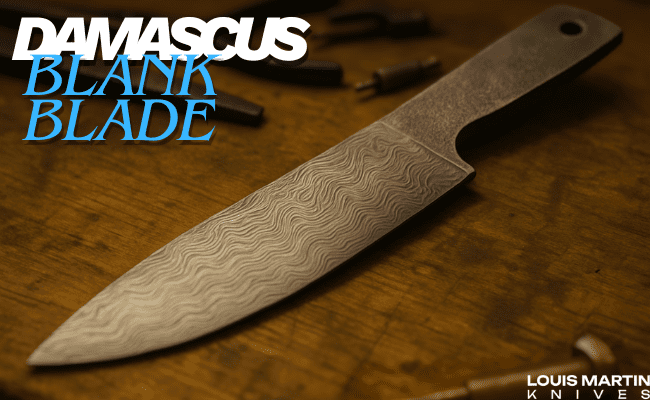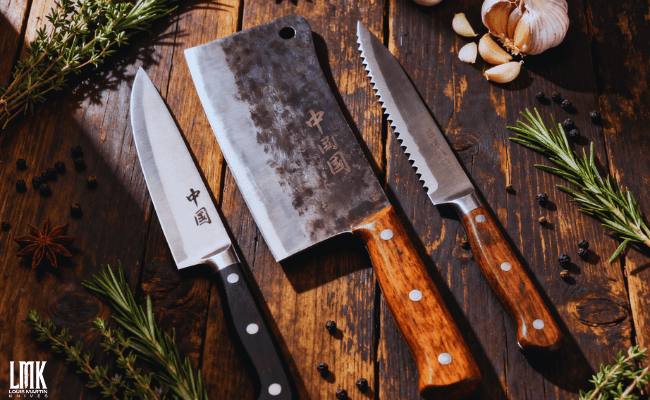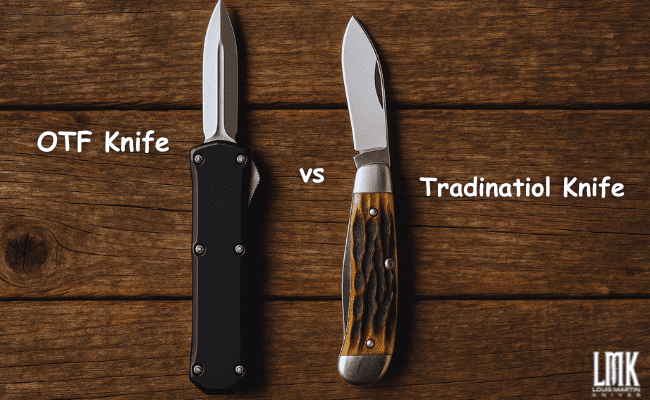In the world of craftsmanship, few items hold as much historical and artistic significance as Damascus folding knives. These exquisite creations seamlessly blend form and function, embodying centuries of craftsmanship, culture, and skill. With their intricate patterns and storied history, Damascus folding knives stand as a testament to the enduring allure of handcrafted excellence.
Origins of Damascus Steel
The roots of Damascus steel can be traced back to ancient times, with its origins often associated with the city of Damascus in Syria. Renowned for its exceptional sharpness and durability, the term “Damascus steel” has become synonymous with superior quality and unparalleled craftsmanship.
Historically, the technique of creating Damascus steel involved forging layers of iron and steel together, resulting in a blade with a distinct wavy pattern known as the “Damascus pattern.” This technique required masterful metallurgical expertise and a deep understanding of the material’s properties. The unique composition of multiple layers of metal lent the blade its legendary strength, sharpness, and resilience.
The Art of Folding Knives
Folding knives, also known as pocket knives, have been utilized by humans for centuries, providing a convenient and versatile tool for various tasks. The combination of the folding mechanism and the intricate Damascus steel gave birth to a true work of art – the Damascus folding knife.
Artisans would meticulously forge and fold the metal layers, carefully hammering and shaping the blade to create the distinct patterns that Damascus steel is known for. The folding process not only contributed to the visual appeal of the knife but also increased its durability and edge retention.
Intricate Patterns and Designs
One of the most captivating features of Damascus folding knives is the intricate patterns that adorn the blades. These patterns, often resembling flowing water or swirling smoke, are a result of the unique layering and forging process. As the layers of metal are repeatedly folded and hammered, they create mesmerizing, wavelike designs that are truly one-of-a-kind.
These patterns aren’t just about aesthetics; they also serve as a hallmark of the craftsmanship and attention to detail that went into creating each knife. No two Damascus folding knives are identical, making each piece a work of art in its own right.
Modern Revival and Contemporary Usage
While the original technique of creating true Damascus steel has been lost to history, modern artisans and craftsmen have sought to replicate its beauty and functionality. Today, many skilled knife makers use modern materials and techniques to create blades that mimic the appearance of traditional Damascus steel, capturing the essence of its elegance and allure.
Damascus folding knives have found their place not only in collectors’ showcases but also as reliable tools for everyday carry. Their combination of artistic appeal and practicality makes them a favorite among knife enthusiasts, outdoor adventurers, and individuals who appreciate the finer things in life.
Preserving an Ancient Tradition
As we marvel at the beauty of Damascus folding knives, it’s essential to acknowledge the rich cultural and historical heritage they embody. These knives connect us to a time when craftsmanship was a revered art form, and every creation carried a piece of the creator’s soul. By preserving and appreciating the legacy of Damascus folding knives, we honor the mastery of ancient artisans and continue to celebrate the marriage of art and functionality.
Conclusion
Damascus folding knives stand as a symbol of human ingenuity, creativity, and skill. From their origins in ancient Damascus to their modern-day revival, these knives have captivated the hearts of collectors, enthusiasts, and craftsmen alike. As we admire the intricate patterns and appreciate the artistry that goes into each blade, we are reminded of the enduring power of craftsmanship to bridge the gap between history and the present day.








